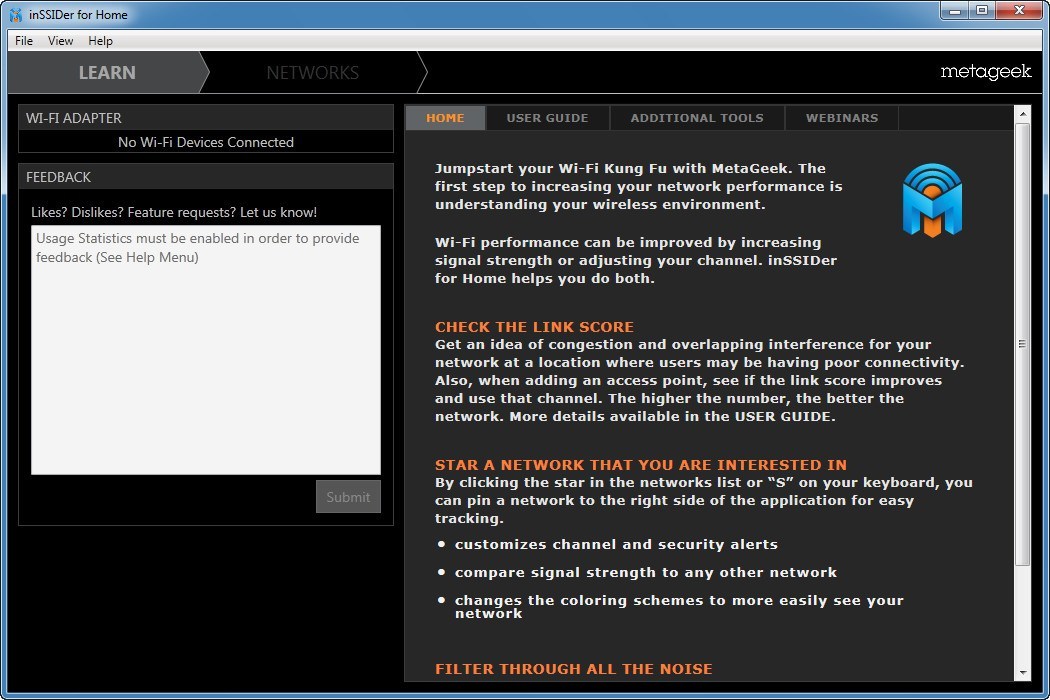

But campaigns tend to have very poor engagement rates.Īs an example of a win-back campaign, Pinkberry offered a free yogurt as an incentive:Īnd Bliss offered 20% off of the next purchase: In it, they simply ask if the customer still wants to hear from them or not. Sometimes companies use a re-permission email as a last-ditch effort to get customers active again. The second one can add time constraints - “Offer valid only until X,” or simply up the percentage or set amount off. The first one usually contains some version of “We miss you” and then adds either a set percentage or a set dollar amount off of the next purchase. Setting Up Win-Back CampaignsĪ typical ecommerce win-back campaign consists of a sequence of “We miss you!” emails. Then again, the more targeted your win-back offers are, the better your chances of being successful. The more targeted you are, the more work it’s going to take.

All you need to worry about is developing criteria for different sub-groups. The more targeted your offers are, the better your chances of being successful.Īll this grouping and subgrouping can seem like a lot of work, but it really isn’t as hard and time-consuming as it seems.


The criteria can include things like timing - how much time has passed since the purchase, previous shopping frequency, average order value, etc.Īs you’re setting everything up, you’re likely to see trends emerging. This is where email list segmentation comes into play.įirst, you need to define the criteria for who is the customer that needs reactivating. Before we can get into details on what exactly that is and what it should contain, we must first identify who are the people that we’re trying to reach. That intervention comes in the form of a winback campaign or offer. They haven’t bought from you in months and it’s looking rather unlikely that without an intervention from your side that they will ever buy from you again. Maybe your product mix has changed? Bad experience? Only bought because of a deal? Maybe they only bought something from you as a gift the first time. There are many reasons why your past customers stopped buying from you. If that doesn’t inspire you to make the effort now, let’s see if I can convince you of the “why” and “how” by the end of this post. In the end, it’ll save you money and help grow your existing customers’ spend over time. These numbers make a good case for having a stellar retention strategy and crucially, activating previous customers to buy from you again. Are you continually trying to acquire new customers but are frustrated by the associated costs? Unfortunately, it is vital if you want to stay in business but you can’t keep churning and burning new customers either.ĭata shows that acquiring new customers can be as much as seven times more expensive than retaining the ones you already have.


 0 kommentar(er)
0 kommentar(er)
